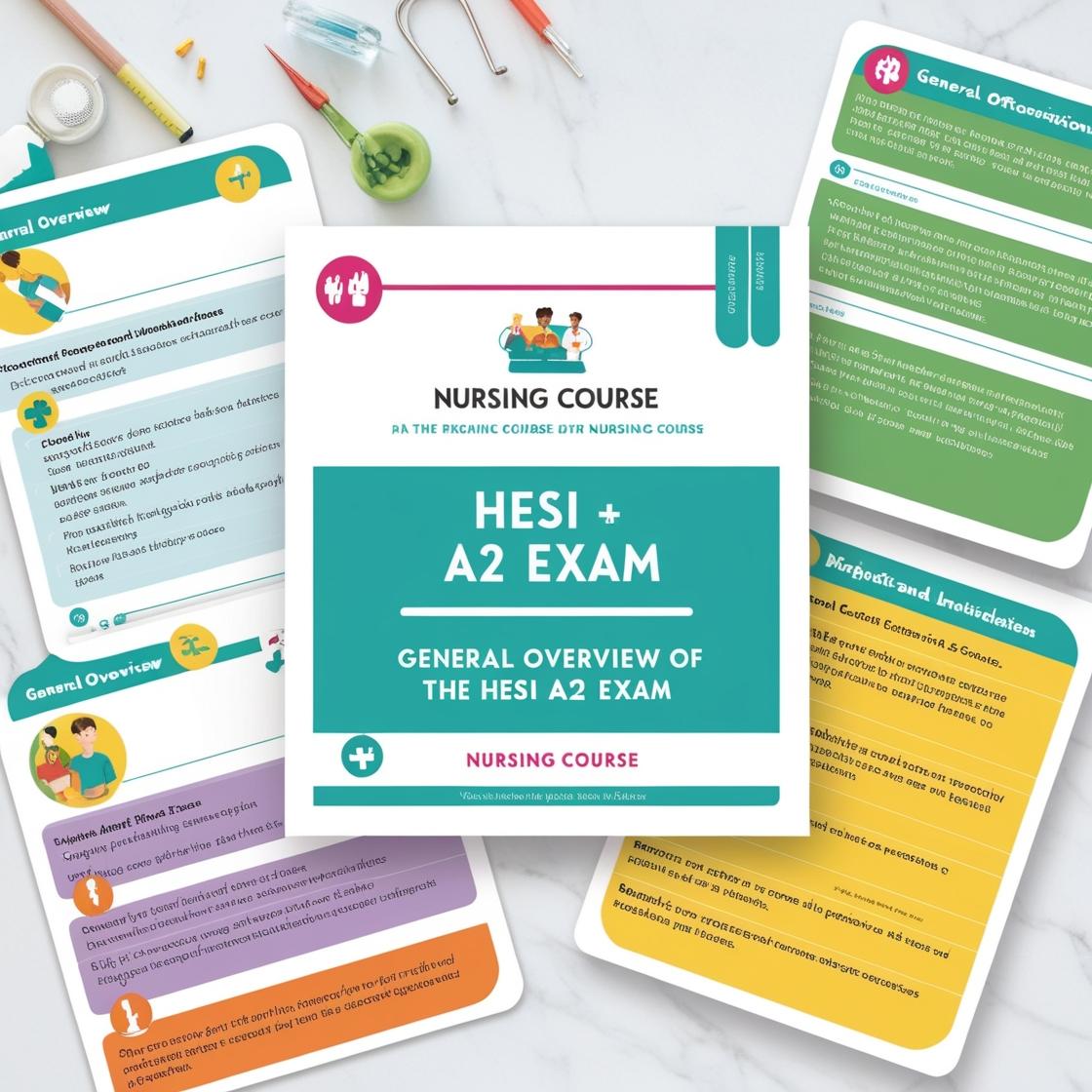HESI A2
HESI A2 Practice Test Vocabulary
1. Select the meaning of the quoted word in the sentence. That is an 'ominous' sign.
- A. A good omen
- B. Without deceit
- C. Threatening
- D. Full of thought
Correct answer: C
Rationale: The correct meaning of 'ominous' is 'threatening' or indicating something bad is about to happen. A is incorrect because 'ominous' does not signify a good omen. B is incorrect as 'ominous' does not relate to deceit. D is incorrect as 'ominous' does not mean 'full of thought.' Therefore, the most suitable interpretation of 'ominous' in the given sentence is 'Threatening.'
2. A nit is a kind of _______.
- A. Abscess
- B. Bandage
- C. Parasite
- D. Infection
Correct answer: C
Rationale: Correct! A nit is the egg of a parasitic insect, such as a louse. This makes 'Parasite' the correct answer. An abscess (Choice A) is a swollen area within body tissue containing an accumulation of pus. A bandage (Choice B) is a strip of material used to cover and protect a wound. An infection (Choice D) is the invasion and multiplication of microorganisms in body tissues.
3. When a child has a stuffy nose, they might find it hard to?
- A. Breathe
- B. Breathing
- C. Breath
- D. Breadth
Correct answer: A
Rationale: The correct answer is 'A: Breathe.' When a child has a stuffy nose, the difficulty they experience is related to the action of breathing. 'Breathing' (choice B) is a gerund and doesn't fit the context of the question. 'Breath' (choice C) is a noun, not the correct verb form. 'Breadth' (choice D) refers to the extent or width of something and is unrelated to the child's difficulty due to a stuffy nose.
4. Select the meaning that best fits the following word: injurious.
- A. Toxic
- B. Palatable
- C. Amenable
- D. Harmless
Correct answer: A
Rationale: The correct answer is A, 'Toxic.' 'Injurious' means harmful or likely to cause injury, similar to 'toxic.' Choices B, C, and D are incorrect because 'palatable' means pleasant to taste, 'amenable' means cooperative or willing to agree, and 'harmless' means not causing harm.
5. Select the word or phrase in the sentence that is not used correctly: 'Her teacher asked her what would she do after she graduated from nursing school.'
- A. She
- B. From
- C. Would
- D. Her
Correct answer: C
Rationale: The correct answer is C. The phrase 'what would she do' is incorrect because in English questions, the word order for modal verbs like 'would' should be 'she would do' instead of 'would she do'. The correct structure should be 'her teacher asked her what she would do after she graduated from nursing school.' Choices A, B, and D are used correctly in the sentence and do not contain any errors.
Similar Questions

Access More Features
HESI A2 Basic
$99/ 30 days
- 3,000 Questions with answers
- 30 days access @ $99
HESI A2 Premium
$149.99/ 90 days
- Actual HESI A 2 Questions
- 3,000 questions with answers
- 90 days access @ $149.99
